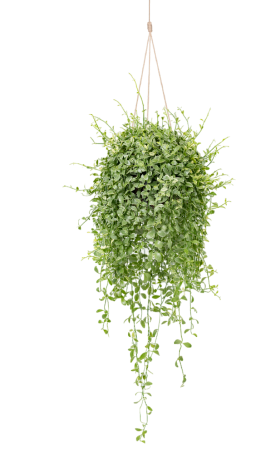What you need to know about MOSQUITO SPRAY

Warm summer weather + ample rain = MOSQUITOES! Scientists are still trying to find ways to edit their genes to make them non-reproductive, but for the moment, all the average backyard/outdoors person has is a dizzying array of insect repellants from which to choose. That’s why we REALLY appreciated a recent summary of testing done at the New Mexico State University Molecular Vector Physiology Laboratory. We don’t know who volunteers to place their “treated arm into a cage with 25 mosquitoes and wait for the first mosquito bite”, but whoever you are, thank you! We appreciate the research.
The study essentially found what works and doesn’t work. What doesn’t work:
-
Bracelets (they don’t cover enough skin)
-
Ultrasonic repellent devices
-
Dietary supplements such as vitamin B, garlic, etc.
-
Light-based repellents like colored light bulbs
What does work:
-
Repellents with DEET (N,N-diethyl-meta-toluamide), which was developed in the 1950s by the U.S. Army, have a long history of use. The higher the percentage, the longer the protection time is – up to six hours. However, according to the Environmental Working Group, since a 20-30% DEET concentration can give adults a full day’s protection from mosquitoes and ticks carrying Dengue fever, Lyme’s Disease, West Nile Virus and Zika Virus, there’s no reason to buy or wear higher concentrations of the chemical (and for children, often 7-10% will do, it’s best to read the article). Studies have shown it’s safe neurologically, but EWG (and a lot of other people) have a concern that long-term, high concentrations of it are not good for us.
-
Repellents with Picardin (also known as Icardin) is a synthetic repellent that also works, by inhibiting insects from being able to sense their prey. It’s also been around a long time (since the 1980’s), and has a less pungent odor than DEET. According to the EPA, picaridin at a concentration of 20 percent is effective against mosquitoes and ticks for eight to 14 hours, and at a concentration of 10 percent it is effective for five to 12 hours.
-
IR3535 is another synthetic repellent, developed by Merck and chemically known as Ethyl butylacetylaminopropionate (EBAAP). It’s activity comes from the intolerance of mosquitos and other invertebrate animals to its odor. IR3535 has good repellent efficacy, but may not be effective against all types of mosquitoes, which may be a concern if you are going into an area with malaria. It can also dissolve some plastics and synthetic fabrics, except polyethylene and polypropylene, and is irritating to the eyes.
-
There are a few essential oils that really do the trick too:
-
Clove oil with the active ingredient eugenol, can protect from mosquito bites for over 90 minutes at a 10% concentration in lotion.
-
Cinnamon oil is another good one–it has active ingredients cinnamaldehyde and eugenol, and can protect from mosquitoes for over 60 minutes at a 10% concentration in lotion.
-
Geraniol and 2-PEP, or 2-phenylethyl propionate (also known as 2-PEP), work for about 60 minutes at a 10% concentration in lotion. 2-PEP is found in various plants and plant products including guava (Psidium guajava), peanuts (Arachis hypogea), apple cider, beer, rum, apple brandy, and various cheeses. (What is 2-Phenethyl Propionate?)
-
EWG also tested Oil of Lemon Eucalyptus (this is different from Lemon Oil or Eucalyptus Oil) and its synthetic derivative PMD, and 2-Undecanone (found naturally in various plants, including bananas, cloves, ginger, guava, strawberries, and wild tomatoes), and these also work but may need to be reapplied more frequently. Most Oil of Lemon Eucalyptus products on the market are made by Spectrum Brands and sold under the brand names Repel and Cutter. These have concentrations of 30 percent Oil of Lemon Eucalyptus and 20 percent PMD.
If you are pregnant, have sensitive skin, or want to protect your children, EWG’s article has some very good guidelines on percentages of the chemicals/oils that are safe for each person. For example, Oil of Lemon Eucalyptus has not been extensively tested on children, so such products and those with PMD have labels that warn, "Do not use on children under the age of 3." Also good to know: 2-Undecanone was first registered with the EPA for use as a dog and cat repellent (as in dogs and cats hate the smell), and has been patented as a repellent for use against apex predators such as wolves, bears and tigers! (Great for a camping trip in the REALLY wild areas).
Notice that a little goes a long way in all of these repellants–less than 20% in a lot of cases (even essential oils). There a lot of choices, too–there are good fragrance-free options, like this STEM formula with 20% Picardin. This Off! Formula with 10% Picardin is marketed for kids. For convenience, you can even get 30% DEET wipes so you don’t have to carry the can with you. Pay attention to reapplication directions, and summer fun can actually coexist with mosquitoes, ticks, and all the pathogens they are potentially carrying.
Photo by National Institute of Allergy and Infectious Diseases on Unsplash






